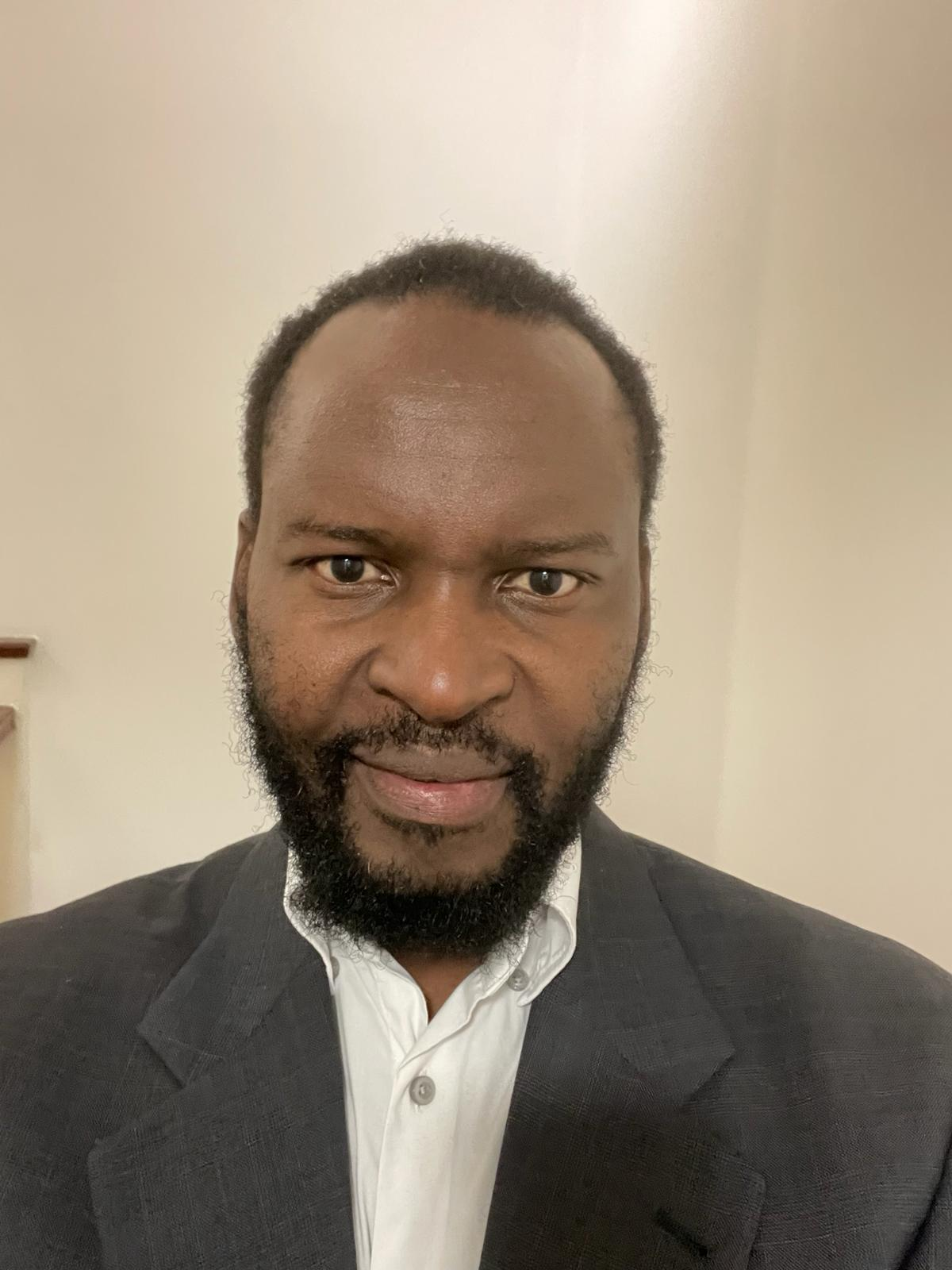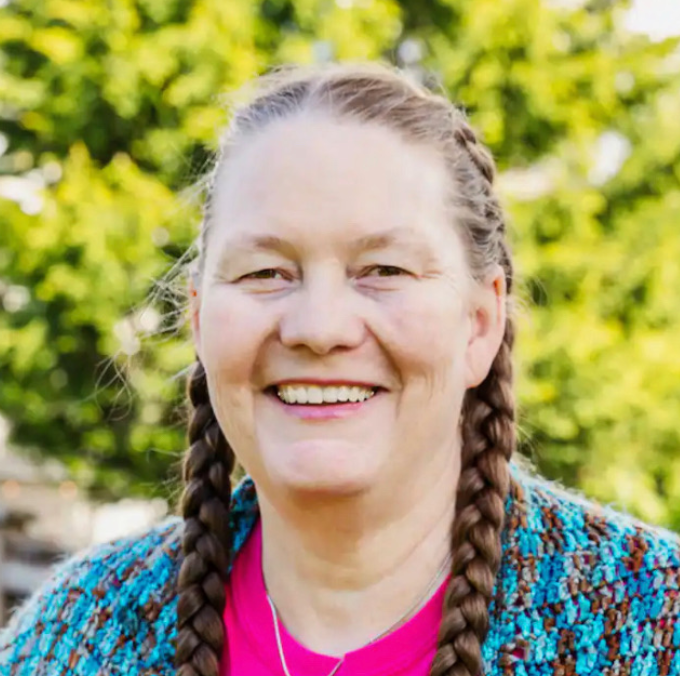Defeat Burnout Now
Aspiring to liberate mid-level professionals trapped by burnout!
Transform professional roadblocks into avenues teeming with resilience and rejuvenated purpose.

Reclaim Your Balance
Escape the clutches of burnout and achieve sustained harmony between professional duties and personal life, utilizing a uniquely tailored resilience system.

Resilience Blueprint Build
Construct a personalized resilience structure that not only helps break free from burnout's grasp but also empowers you to stay a step ahead, maintaining wellness in the long run.

Sustained Growth Mastery
Equip yourself with proven strategies and practical tools that foster continuous growth and well-being, ensuring a thriving life and career devoid of burnout.
About Me

Mike
A social worker with a heart of gold and nerves of steel, Mike’s work spans everything from helping immigrant families to supporting mental health services. His journey started with undocumented families, charities, and community projects, often under extreme pressure with minimal resources. Despite the exhaustion, Mike found that his passion for helping others was the key to pushing through the toughest days. He’s seen first-hand how resilience—both his own and that of the communities he serves—makes all the difference in not just surviving but thriving in the face of adversity.

Dawn Dunsmore
A family caregiver, teacher, tutor, and all-around superhuman, Dawn knows burnout like the back of her hand. She’s been there—physically, emotionally, financially, and spiritually drained—but each time, she’s risen stronger. After facing burnout more times than she’d care to admit, Dawn built her “Self-Care Survival Toolkit,” a lifeline that has allowed her to continue caring for her loved ones and clients without losing herself in the process. With two master’s degrees and experience teaching everything from toddlers to college students, her real calling has always been caregiving. Based outside Portland, Oregon, Dawn is the emotional and financial rock for her family, making sure her mom and older brother can stay in their home, where they feel most comfortable.
AS SEEN ON
Hear From My Client
Blog Posts

Cultural Perspectives on Burnout and Resilience
Burnout and resilience are universal human experiences, yet the ways we approach them are deeply influenced by cultural norms and values. By exploring these perspectives through the lens of a personal journey, we can uncover actionable strategies for overcoming burnout and building lasting resilience.
A Tale of Two Worlds
Emma leaned back in her chair, the soft hum of the office AC doing little to soothe her frayed nerves. A senior manager at a bustling tech firm in Seattle, Emma prided herself on her self-reliance. She had risen through the ranks by sheer determination, living by the mantra “If it is to be, it’s up to me.” Yet here she was, feeling like a shell of her former self, staring blankly at her screen, unable to summon the energy to respond to another email.
Half a world away, in a small coastal village in the Philippines, Maria sat on the bamboo steps of her family’s home, watching her children play in the yard. Maria had always found strength in her community. When she struggled to meet her fishing quota, neighbors shared their catch. When she felt overwhelmed, her sisters and cousins would gather to cook, talk, and share burdens. But lately, Maria found herself retreating from these gatherings, feeling like her struggles were becoming too heavy even for her close-knit family to bear.
Western Perspectives: The Individual as the Solution
Emma’s Western upbringing taught her that resilience was an individual endeavor. Her therapist recommended mindfulness exercises and journaling, powerful tools she’d seen work for others. Yet each time she sat down to meditate or write, her mind spun with unresolved work issues and systemic challenges beyond her control.
Challenge: Emma’s hyperfocus on self-efficacy isolated her, making her feel like seeking help was admitting failure.
Actionable Step: Emma began using the R-M-S Self-Check to assess her stress level. When she noticed she was in the “Reacting” stage, she allowed herself to call her mentor and share her struggles, taking the first step toward connection.
Collective Perspectives: The Group as the Foundation
Maria, by contrast, was steeped in a culture that prioritized collective resilience. Her family offered unwavering support, but Maria felt ashamed that her exhaustion was becoming a burden on others.
Challenge: Maria struggled with the pressure to put her family’s needs above her own, leading to self-neglect.
Actionable Step: Maria used the Set-the-Moment Tool from the R-M-S Toolkit, carving out 15 minutes each evening for quiet reflection. She lit a candle, sipped tea, and practiced gratitude—finding a balance between her individual needs and collective responsibilities.
Bridging Perspectives with the R-M-S Toolkit
Both Emma and Maria found themselves at crossroads shaped by their cultural frameworks. The R-M-S Toolkit provided a bridge, offering tools to blend their unique strengths:
Recognize and Release: By identifying their stress levels early, Emma and Maria could take proactive steps. Emma leaned on personal journaling, while Maria found solace in sharing her reflections with her sister.
Connection and Reflection: Emma joined a virtual support group, where she discovered the power of shared experiences. Maria initiated a weekly “circle time” with her family, inviting each member to share their thoughts and feelings.
Step Back and Reset: Both women embraced the Set-the-Moment Tools, using small rituals to recharge. Emma rediscovered her love of sketching, while Maria found peace in solitary walks along the beach.
A Holistic Path Forward
Emma and Maria’s stories remind us that burnout recovery is not one-size-fits-all. By integrating the strengths of Western individualism and collective resilience, the R-M-S Toolkit empowers individuals to navigate their unique challenges.
Whether you identify more with Emma’s independence or Maria’s interconnectedness, resilience is within reach when we blend personal and communal strategies. Let the stories of Emma and Maria inspire you to take the next step toward balance and vitality.
Practical Steps You Can Take Today:
Try the R-M-S Self-Check to assess your stress level.
Incorporate a Set-the-Moment ritual into your day—whether it’s journaling, meditation, or a quiet walk.
Connect with someone you trust and share one small challenge you’re facing.
The journey to resilience begins with recognizing where you are and taking one intentional step forward. What will your next step be?

The Extra Mile: How to unlock your highest potential
Unlock the secret to better digestive health with 'Gut Feeling.' Discover how to nourish your gut and improve your overall well-being. ... more
mind and body
08 April 2024 • 7 min read

